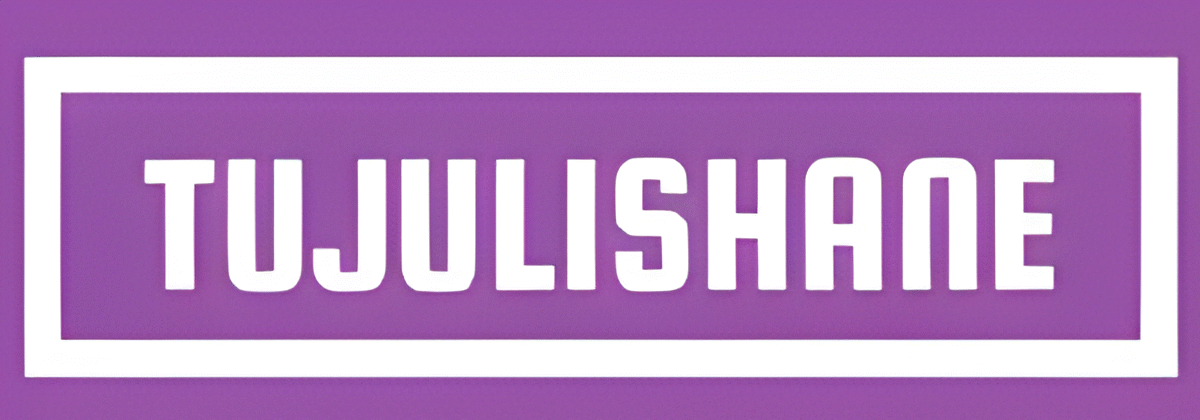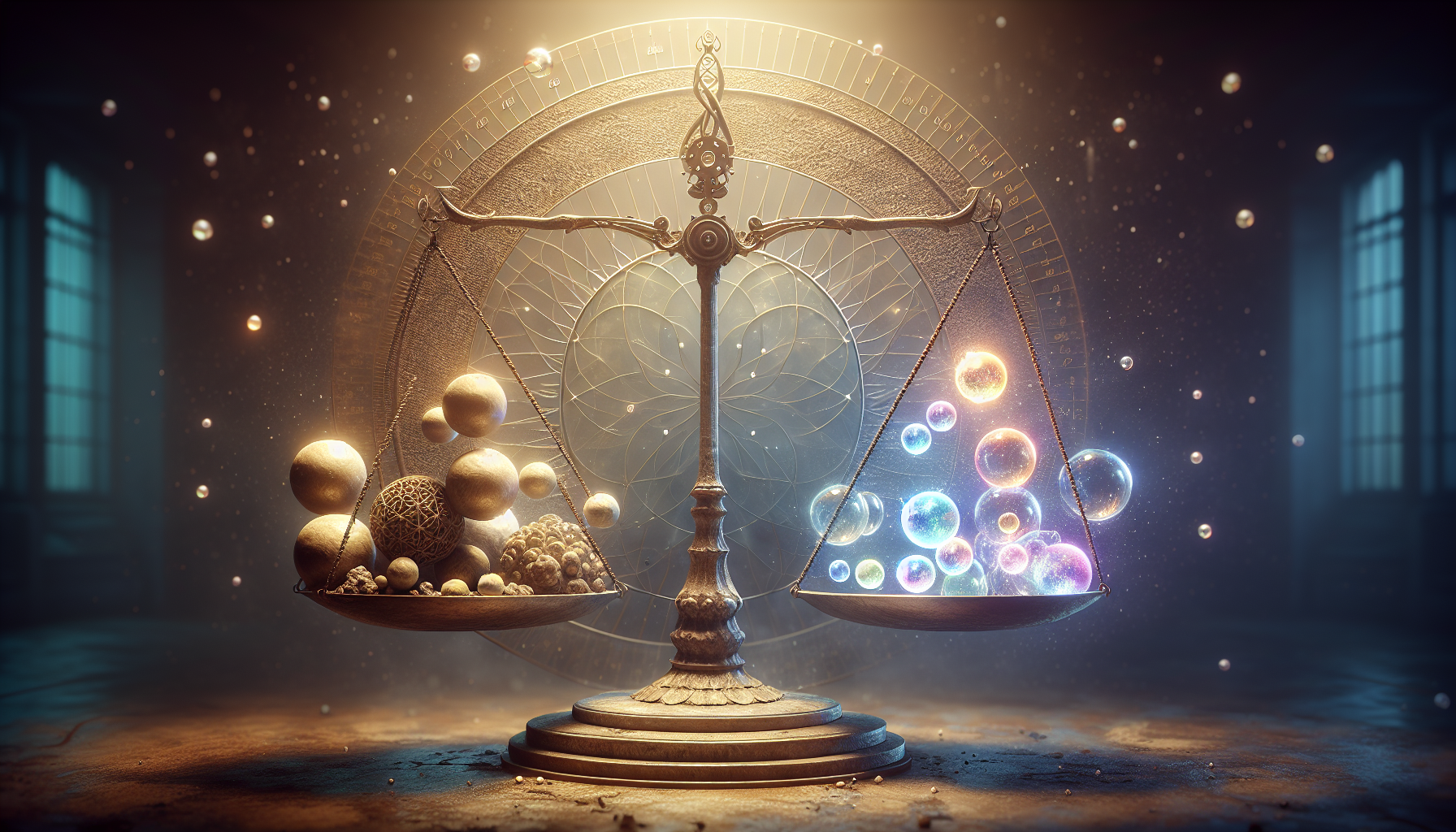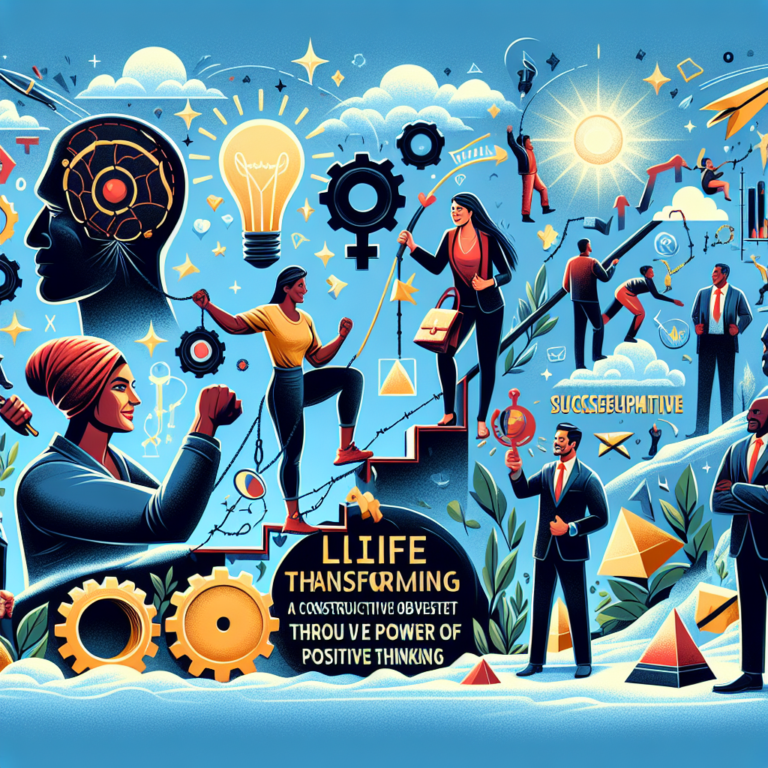Balancing Realism And Idealism: A Practical Approach
In the article “Balancing Realism and Idealism: A Practical Approach,” you will discover a refreshing perspective on finding harmony between two seemingly opposing concepts. By exploring the practical approach to balancing realism and idealism, you will gain valuable insights into how to navigate the complexities of everyday life while staying connected to your dreams and aspirations. Get ready to embark on a journey of self-discovery and learn practical strategies for creating a well-rounded and fulfilling life.
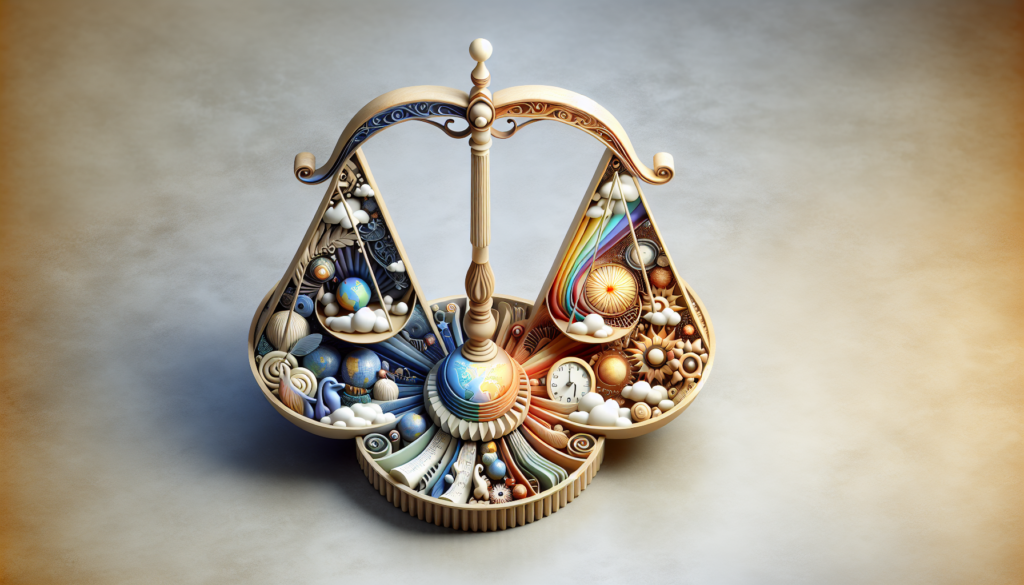
Understanding Realism and Idealism
What is Realism?
Realism is a philosophical ideology that emphasizes the importance of seeing things as they truly are, without imposing one’s desires or expectations onto them. It is based on the belief that objective reality exists and can be understood through empirical evidence and rational thought. Realists value practicality and pragmatism, focusing on what is achievable and attainable within the limitations of the current circumstances.
What is Idealism?
Idealism, on the other hand, is a philosophical concept that places importance on the power of ideas and beliefs. Idealists believe that reality is shaped by our thoughts, perceptions, and values. They prioritize principles, visions, and aspirations over immediate practicality. Idealism seeks to manifest an ideal world by envisioning possibilities beyond the constraints of the present.
Key Differences between Realism and Idealism
The key differences between realism and idealism lie in their perspectives on reality and their approaches to problem-solving. Realism advocates for dealing with things as they are, accepting limitations, and working within the constraints of the current situation. Idealism, on the other hand, encourages people to challenge the status quo, envision possibilities, and work towards a better future, even if it means going beyond what seems immediately possible.
Benefits of Balancing Realism and Idealism
Achieve Practical Goals
Balancing realism and idealism allows you to set practical goals that are attainable without losing sight of your vision and aspirations. By grounding your goals in the present reality while maintaining a hopeful outlook, you can create a realistic roadmap to success.
Maintain Motivation and Inspiration
By incorporating elements of idealism into your approach, you can stay motivated and inspired to pursue your goals. Idealism fuels passion and helps you maintain a sense of purpose, even in challenging times. It provides the drive to overcome obstacles and strive for excellence.
Foster Creativity and Innovation
Combining realism and idealism opens up space for creativity and innovation. Realism keeps you grounded in practicality, while idealism pushes you to think outside the box and explore unconventional solutions. This balance promotes fresh ideas and breakthrough thinking.
Promote Collaboration and Teamwork
Balancing realism and idealism is beneficial in collaborative environments. Realism ensures that expectations are realistic and achievable, while idealism fosters a sense of shared vision and collective effort. Collaboration is enhanced when individuals can bring diverse perspectives and talents together under a common purpose.
Enhance Problem-Solving Skills
Balancing realism and idealism strengthens your problem-solving skills. Realism helps you analyze and address issues as they are, considering practical constraints. Idealism encourages you to think creatively and envision alternative solutions. This combination enables you to approach problems from multiple angles and find innovative ways to overcome challenges.
Challenges of Balancing Realism and Idealism
Tendency to Overlook Limitations
One of the challenges of balancing realism and idealism is the tendency to overlook limitations. As idealists, it is easy to become so focused on the ideal outcome that we neglect the constraints of the current reality. It is important to remember that while it is good to aim high, we must also consider what is realistically achievable within the given circumstances.
Struggles with Compromise
Finding the right balance between realism and idealism often involves compromise. Realists may feel that idealists are unrealistic dreamers, while idealists may view realists as pessimistic. Navigating this tension requires effective communication, active listening, and a willingness to collaborate and find common ground.
Balancing Short-Term and Long-Term Goals
Balancing short-term practical goals with long-term idealistic aspirations can be a challenge. Realistic goals often prioritize immediate needs and tangible results, while idealistic visions require patience and a long-term perspective. Striking the right balance requires careful planning, prioritization, and the ability to adapt and adjust as circumstances evolve.
Strategies for Balancing Realism and Idealism
Assessing and Accepting the Current Reality
Start by objectively assessing the current reality and acknowledging the limitations and constraints that exist. This requires an honest evaluation of the resources, constraints, and opportunities available. By understanding the present circumstances, you can make informed decisions and set realistic goals.
Setting Realistic Goals and Expectations
Setting realistic goals and expectations is essential for finding the right balance. Define clear and measurable objectives that align with your values and aspirations, while taking into account the practical limitations. Prioritize goals that are achievable in the short term, and consider the incremental progress that can be made towards your idealistic vision.
Identifying Idealistic Values and Vision
Take the time to identify your idealistic values and vision. Reflect on what truly matters to you and what you aspire to achieve in the long run. This will help guide your actions and decisions, ensuring that you stay connected to your idealistic side while addressing practical realities.
Developing Action Plans
To bridge the gap between realism and idealism, develop action plans that outline the steps needed to achieve your goals. Break down larger goals into smaller, manageable tasks that can be accomplished incrementally. This will help you make progress while maintaining a sense of momentum and accomplishment.
Creating Accountability Mechanisms
Establish accountability mechanisms to ensure that you stay on track and maintain the balance between realism and idealism. This can include setting deadlines, seeking feedback from trusted individuals, or joining a supportive community that shares similar goals. Accountability mechanisms provide support and guidance in navigating the challenges of finding balance.
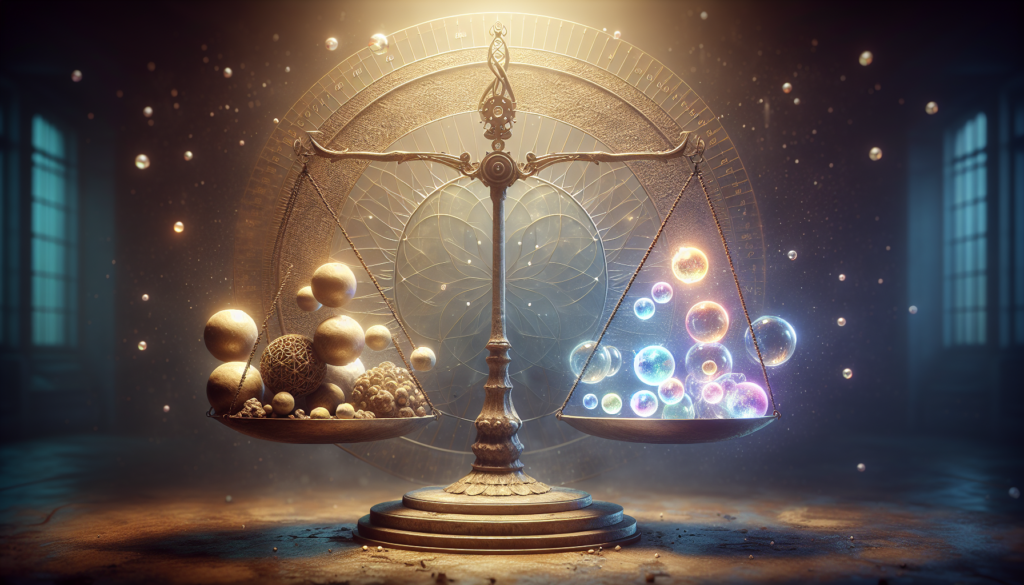
Developing a Practical Mindset
Practicing Self-Reflection and Self-Critique
Cultivate a practice of self-reflection and self-critique to continuously assess and adjust your approach. Regularly examine your thoughts, actions, and progress towards your goals. This introspection will help you identify areas where you may be leaning too heavily towards either realism or idealism, allowing you to recalibrate as needed.
Understanding the Power of Incremental Progress
Embrace the power of incremental progress. Realistic goals often require breaking them down into smaller, achievable steps. Understanding the significance of small wins and celebrating them along the way will help you maintain motivation and momentum towards your idealistic vision.
Embracing Flexibility and Adaptability
Flexibility and adaptability are crucial when balancing realism and idealism. Understand that circumstances and priorities may change, and be willing to adjust your approach accordingly. Being flexible allows you to adapt to new information and challenges while staying true to your values and long-term vision.
Practicing Patience and Perseverance
Balancing realism and idealism requires patience and perseverance. Recognize that progress may take time, and setbacks are part of the journey. Have faith in the process, stay focused on your goals, and remain resilient in the face of challenges. Patience and perseverance will help you maintain balance and continue making strides towards your idealistic aspirations.
Case Studies: Balancing Realism and Idealism in Different Contexts
Entrepreneurship and Business
In entrepreneurship and business, balancing realism and idealism can be challenging. Realism is essential for understanding market realities, customer needs, and financial constraints. However, idealism can drive innovation, inspire new ideas, and differentiate businesses from competitors. Successful entrepreneurs strike a balance by leveraging realistic market insights while infusing their visionary ideals into their products, services, and company culture.
Education and Learning
In the field of education and learning, balancing realism and idealism is crucial for effective teaching and learning experiences. Realism helps educators manage expectations, adapt to different learning styles, and tailor curricula to meet realistic goals. Idealism drives innovation in teaching methods, promotes student engagement, and inspires a love for lifelong learning. Educators who strike the right balance create practical learning environments that ignite the students’ idealistic spirit while preparing them for real-world challenges.
Social and Environmental Activism
Social and environmental activists often face the complex task of balancing realism and idealism. Realism ensures that activists understand the challenges and limitations of their causes, leading to strategic planning and effective advocacy. Idealism, however, spearheads the drive for social justice and environmental sustainability. Successful activists find ways to combine realistic problem-solving strategies with an unwavering belief in the possibility of a better world.
Personal Development and Wellbeing
Balancing realism and idealism in personal development and wellbeing involves aligning practical goals with aspirational visions. Realism helps individuals set achievable targets and make progress toward personal growth. Idealism fuels self-belief, resilience, and the pursuit of a meaningful and fulfilling life. By striking a balance between realism and idealism, individuals can cultivate a practical mindset while nourishing their dreams and aspirations.
Finding the Right Balance for You
Identifying Your Core Values
To find the right balance between realism and idealism, start by identifying your core values. Reflect on what truly matters to you, what you care deeply about, and what you want to accomplish in your life. Understanding your values will help guide your decision-making process and ensure that your actions align with your beliefs.
Aligning Your Goals and Actions
Align your goals and actions with your core values. Ensure that the goals you set and the actions you take are consistent with your idealistic vision while being grounded in practicality. Regularly evaluate whether your goals and actions support both your short-term practical needs and long-term aspirational goals.
Taking Small Steps towards Idealism
You can start by taking small steps towards incorporating idealism into your life. Begin by envisioning your ideal future and identifying tangible actions that align with that vision. These actions can be simple and achievable in the short term, allowing you to experience the power of embracing your idealistic side while staying grounded in reality.
Reevaluating and Adjusting the Balance
Regularly reevaluate and adjust the balance between realism and idealism as circumstances change. Be open to reassessing your goals, values, and aspirations. By remaining flexible and adaptable, you can ensure that your approach remains relevant and aligned with your evolving understanding of the world.
Conclusion
Balancing realism and idealism is a practical approach that allows individuals to achieve their goals, maintain motivation, foster creativity, promote collaboration, and enhance problem-solving skills. While there are challenges in finding the right balance, the strategies provided can help individuals navigate these complexities. By developing a practical mindset, practicing self-reflection, embracing incremental progress, and understanding the importance of flexibility and patience, individuals can successfully integrate realism and idealism into their lives. Whether in entrepreneurship, education, activism, or personal development, the ability to find the right balance between realism and idealism is vital for achieving success and fulfillment.
